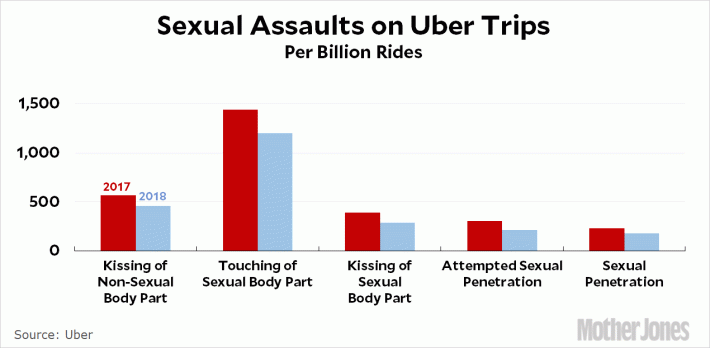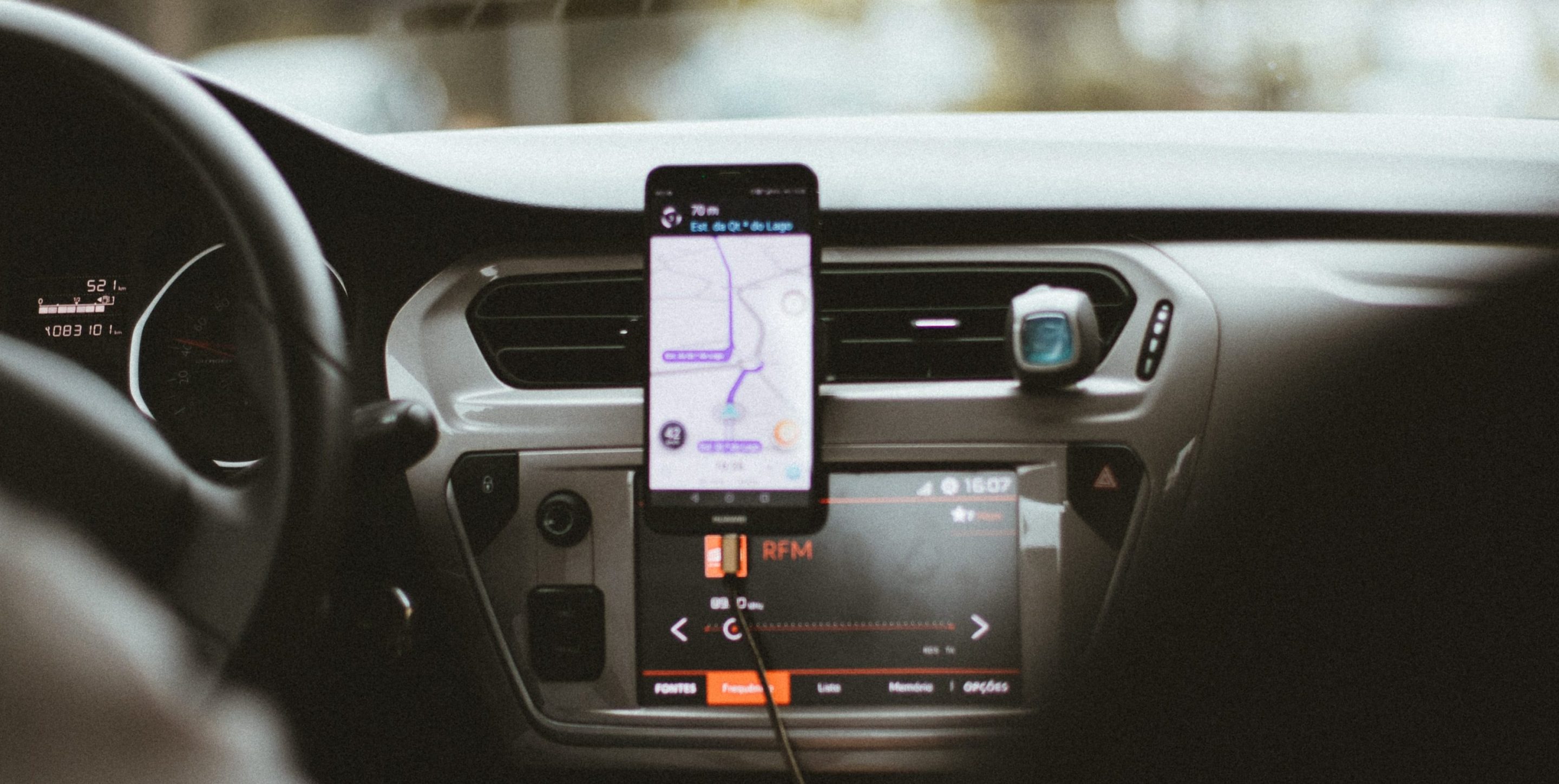People who were sexually assaulted during Uber rides are banding together in a joint federal lawsuit against the app-taxi giant — and pressuring the company to address the structural reasons why its service has become a “magnet for predators,” the attorneys behind the litigation say.
A panel of national judges has ruled that about 90 people who filed suit against Uber since 2019 can, for the first time, join in a massive “multi-district litigation” — a legal tool that allows plaintiffs across the country who are barred from filing class-action suits for sexual assault under the company’s terms of use agreement to participate in another form of coordinated federal litigation.
That move, attorneys say, could make it more efficient for victims to get justice from Uber, while also making it easier to demand broader reforms to the policies that help make crimes like rape, groping, and kidnapping so disturbingly common in app-taxis. According to the company’s own documents, Uber has been notified of more than 10,000 incidents of sexual assault in its vehicles between 2017 and 2020, the latest year for which the company has made the data publicly available. The majority of those incidents were allegedly perpetrated by its own drivers — and since such crimes are notoriously under-reported, that may only be the tip of the iceberg.
“We’re talking about several assaults happening every single day,” said Kevin Conway, one of the lawyers for the plaintiffs. “Time is of the essence. This is a situation where literally every second counts.”

Conway and his colleagues blame Uber’s sexual assault crisis, in part, on an aggressive business model that’s prioritized the rapid onboarding of new drivers with inadequate screening measures that exclude things like fingerprinting. They also say the company has been slow to invest in misconduct prevention training, such as how to intervene if one passenger is assaulting another, and has yet to require the use of onboard video and audio cameras common in many traditional taxis.
Uber did launch a sexual assault education requirement in 2020 in partnership with RAINN, but has not yet released data on its effectiveness; it also began piloting in-car cameras in some states in late 2022, but has so far left it up to drivers to decide whether to use them. A $1-per-journey “Safe Rides” fee the company introduced in 2014 to bolster these kinds of efforts was famously “never earmarked specifically for improving safety,” despite bringing in nearly half a billion dollars in “pure margin” for the company according to New York Times reporter Mike Isaac.
Despite all these failures, the attorneys say Uber still actively markets itself as a safer mobility alternative for women and other groups who are disproportionately the victims of sexual assault. Rachel Abrams, the lead attorney on the litigation, says many of her clients trusted this message and relied on Uber to get them home safely when they were heavily intoxicated; others didn’t have working phones at the time of their assaults, or their friends had summoned rides for them, rendering tools like Uber’s in-app “Safety Shield” to discreetly call 911 useless.
“The platform itself does attract predators,” said Abrams. “You’re talking about, in most of our cases, vulnerable women in a vulnerable state. … But the drivers that Uber has quickly onboarded to drive for them could also see this, and have utilized it as a platform to commit these crimes. It’s an opportunity for them. And that is very different than any other public transportation [options].”
For Americans in car-dependent, transit-poor communities with high rates of traffic violence, of course, Uber is often the only real alternative to driving a personal vehicle — even if riders know it’s not safe from the threat of sexual assault. And even where transit options exist, many studies have shown that the proliferation of artificially cheap, venture-backed app taxis has cut into bus and train ridership, forcing agencies to reduce service as revenues plummeted.
To be clear: transit undoubtedly has its own problems with sexual assault and harassment that many U.S. agencies must do more to address. But unlike companies like Uber and Lyft — which is facing its own rash of sexual assault litigation — public transportation’s core business model isn’t one of growth at all costs. It does not need a legion of non-professional drivers (estimated to number at least 1.5 million across the U.S. today), and it is not incentivized to expedite their background checks and skimp on training in order to put them as quickly as possible into makeshift taxis that drivers say almost always carry just one passenger, without so much as a camera to witness them if the worst happens.
In the context of a crowded city bus, basic sexual assault prevention measures like these cost pennies per rider. In the context of a private app-taxi, though, they may result in passenger fares far closer to traditional cabs, and less revenue for Uber as riders balk at the real costs of hiring a safe, private chauffeur.
Now, it will be up to a federal judge to decide if that’s a price worth paying.
“When growth is the ultimate goal and top line revenue is the ultimate goal, I think that despite what they know, [Uber is] picking profits over people,” added Conway. “[There are] tried and true methods to make this a safer alternative, as opposed to a magnet for predators.”
The post Victims of Sexual Assault in Ubers Band Together for Justice and Reform appeared first on Streetsblog California.






